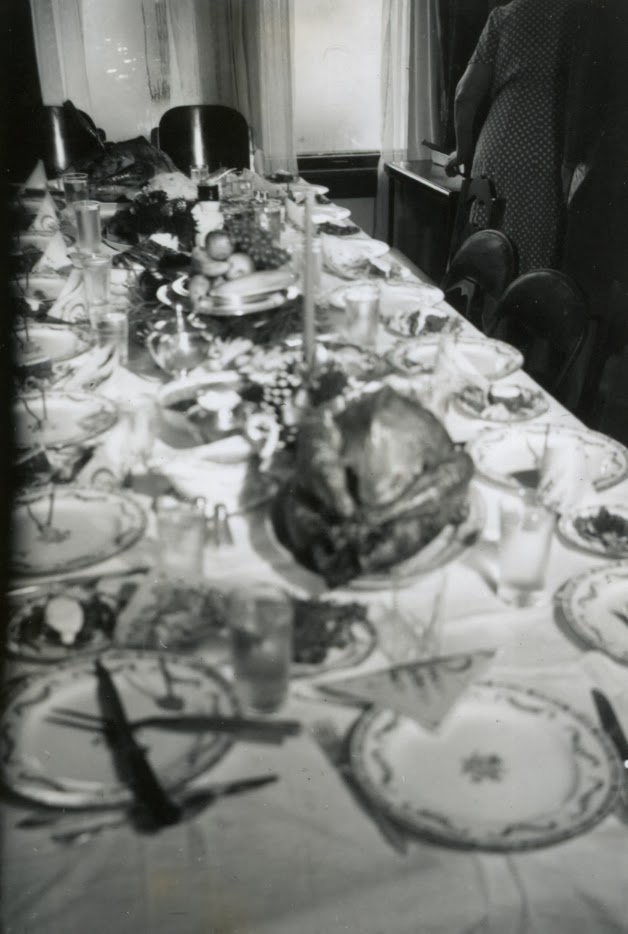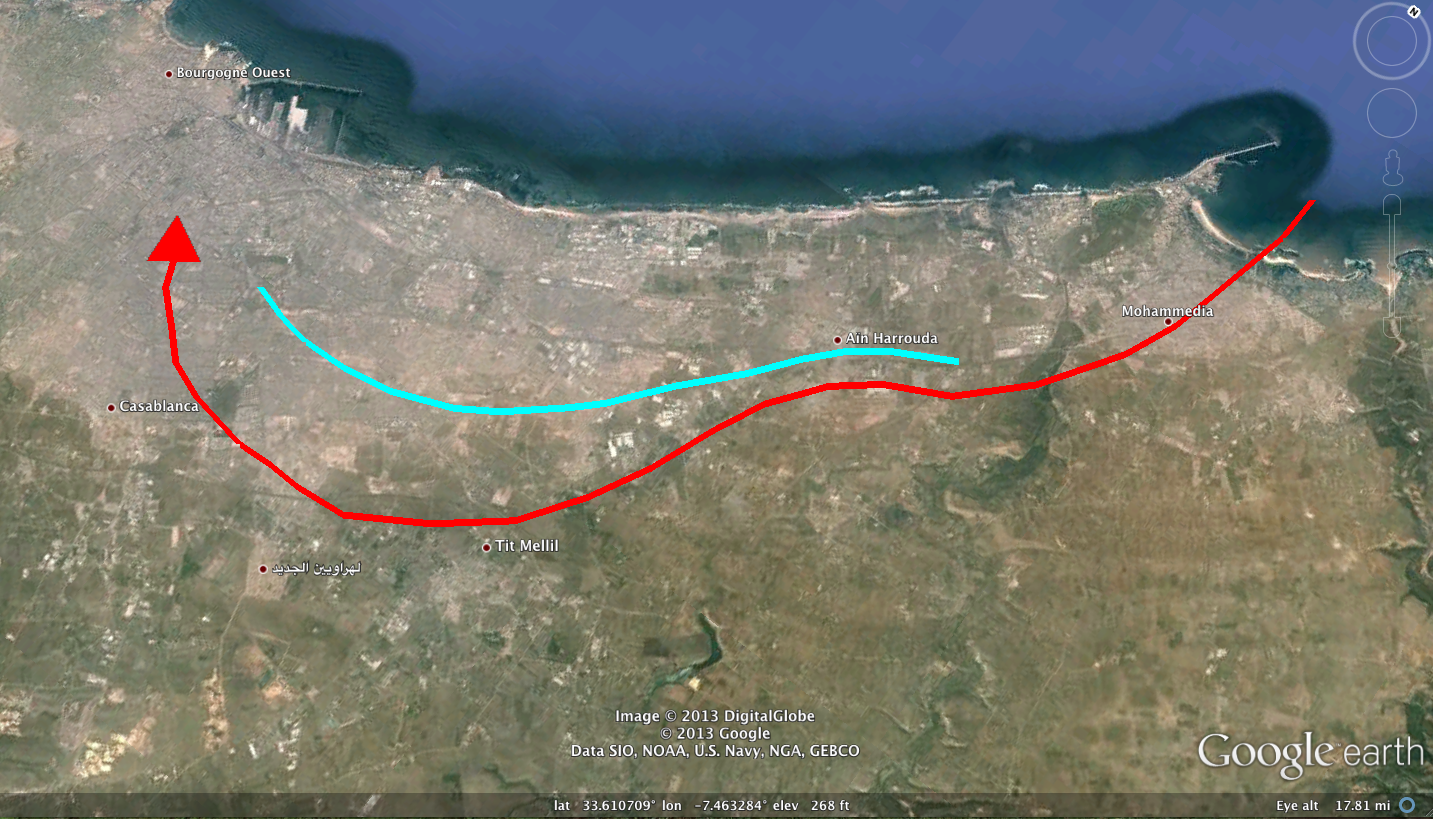During the summer of 1942, the Army 3rd Division trained at Fort Ord in preparation for the United States' involvement in World War II. In September of that year the Lt. John B. Armstrong as a member of the 3rd Division was transferred across the country to Camp Pickett near Blackstone, Virginia. At Camp Pickett the 3rd Division went through final training for what was then a secret operation. According to history books only 800 people in the army and government in America and England knew the final objective.
Word must have trickled down to Elmer John Armstrong, at that time a Major in the Army and stationed at Fort Hayes, Columbus, Ohio. He somehow learned that his son was about to be sent overseas. He visited his son at Camp Pickett only a few days before John was deployed.
The following picture of Major (later Colonel) Elmer Armstrong and Lt. (later Captain) John Armstrong was taken on Oct. 23, 1942. On Oct 24, 1942 over 100 ships and 35,000 troops began leaving Virginia and other locations on the east coast for the start of Operation Torch.
 |
Father and Son on Oct 23, 1942 at Camp Pickett
Major Elmer J. Armstrong and Lt. John B. Armstrong
|

























